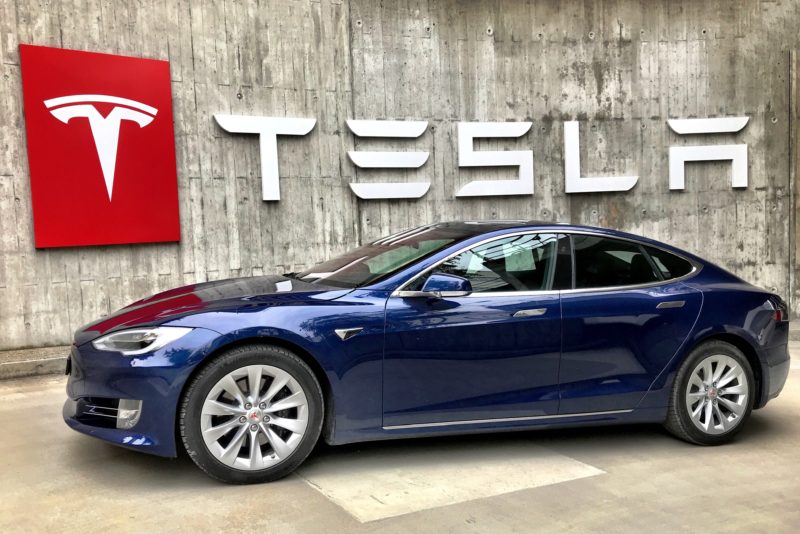In China’s 175 million-strong post-90s generation, only 13.4% of them are debt-free as according to the Chinese Youth Consumption Report.
In addition to paying back house mortgages, more than 60% of Gen-Z have used borrow to buy schemes for products, not daily essentials, but those that would improve their quality of life. This method of purchasing has driven the economy, with industries ranging from pet to healthcare, beauty care, and entertainment, which are some of the fastest-growing as a result.
This new occurrence within Chinese society is one that some view as part of the progress of a commodity-based economy. However, there is the concern of “potential financial risks” of such high-level debts on “non-essential” consumption, and criticism of young people being “trapped in consumerism”, something supported by the figures released.
Nearly half (49.3%) of the post-90s crowd has used the tool of consumer loan, the highest percentage that the report shows, followed by post-80s at 31.5%. Consumers aged under 35 have produced 65% of the country’s overall consumption in the year 2021, supporting the view that the Gen Z crowd is the backbone of the Chinese consumer market.
But the figures have raised questions as to how stable the growth of consumption could be, with fear due to the rising debt levels of an inability to continue to spend at these levels without incurring more financial risk.
Some have been sceptical about the young generation’s ability to pay back their debts, as despite being generally well paid, they have only entered the job market for a short period of time. In addition, Gen-Z has a reputation as the “Moonlight clan” or Yue Guang Zu in Chinese, meaning they spend their entire monthly salary instead of saving up like the elder generation, furthering their inability to pay off their loans.
Although the “excessive” consumption model indicates the purchasing potential of these lucrative demographics, market players, including brands, are alerted to deal with this enthusiasm with caution and for young buyers to consume rationally. There is a fine balance at play currently, but the levels of debt and consumerism are on a tightrope with a tipping point very possible at any time.
Read more:









